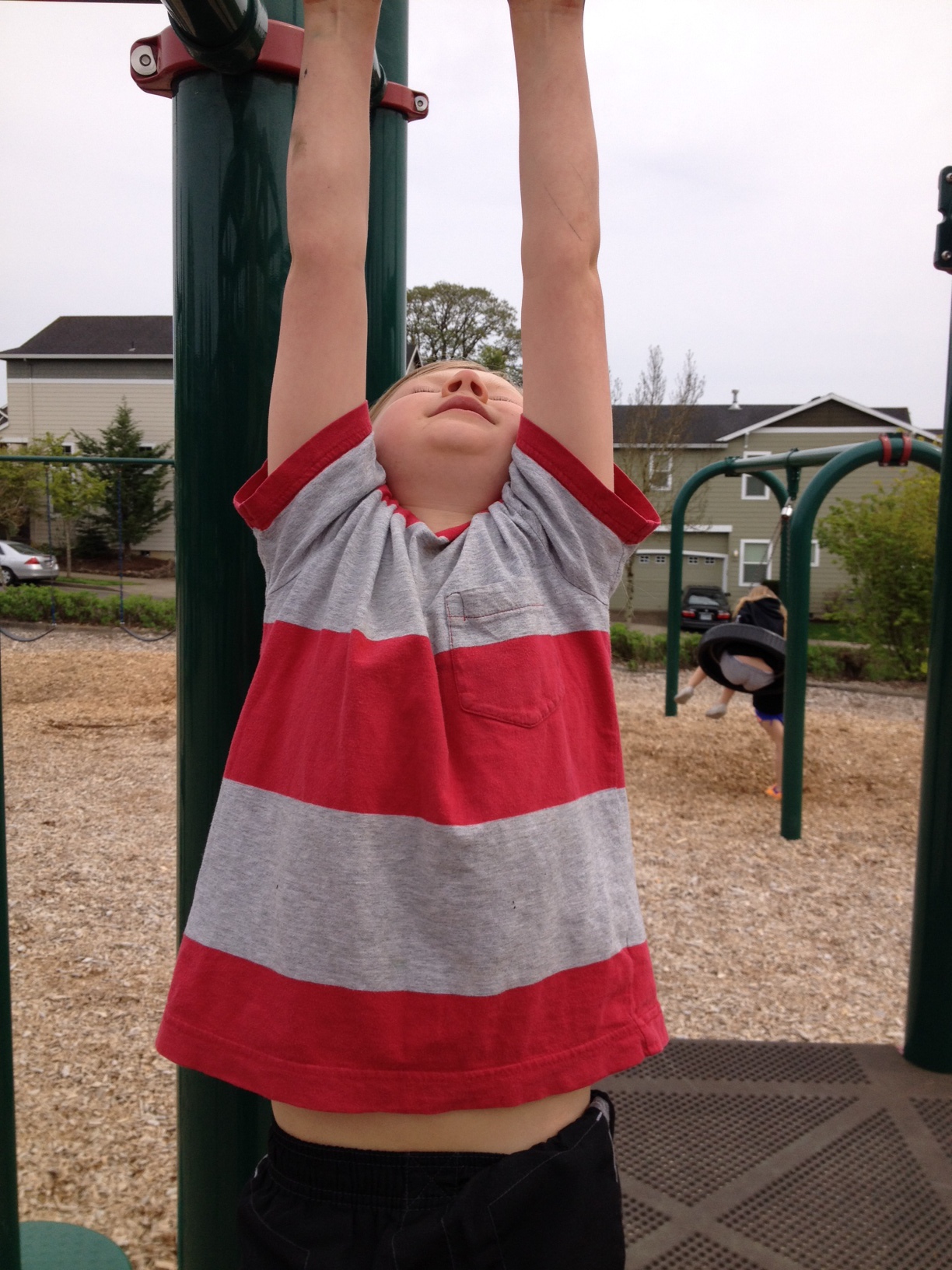I know Pilates has gotten a girly reputation, but Joseph Pilates was not a dancer - he was a boxer! How more manly can you get? But I can't tell you how many times people have asked me if I have any male clients. Yes, and do, and here's why.
You get to stretch without taking a yoga class with a bunch of hyper-flexible women. Many of my guy clients know they need to stretch (and did you know that a tight psoas can lead to erectile dysfunction?) but they don't want to be surrounded by super flexible women (women tend to be more flexible than men) with their feet touching their heads while they struggle with straps and blocks to approximate the same position. In every exercise in Pilates, there is a stretch and a strength. So in Spine Stretch Forward, you're working your abs but at the same time you're stretching your hamstrings, but you get to move and flow in the position. You don't have to sit and hold something that may feel intense for 3 minutes.
It helps to open your chest. Many men focus on developing the muscles of their chest, but that can lead to overly tight chest muscles, even kyphosis (and hey, staring at that smart phone all day isn't helping!). Without stretching the chest, over developed chest muscles can cause lower back pain, and tight hips (see reason #1 above for a sneaky way to stretch without forcing yourself into Cobra). Pilates extension for the upper back focuses on opening the thoracic spine without loading the low back - it's more of a sternum lift than an arch of the mid-back. If you're really tight in your chest, deep back bends will only cause more pain. The smaller, more strategic extension in Pilates will help deeper postural changes take effect.
You'll perform better at your favorite sport. Many of my clients (male or female, for that matter) remark on how much more lung capacity they experience after starting a regular Pilates practice. The lateral opening of the side body coupled with the lift of the rib cage in forward flexion is unlike any other exercise system. This means that in your Pilates lesson, you are lengthening your ribs off your pelvis in two directions - to the side (which is easier and will give your body more stretch) and when you round forward (which is much more challenging). But if you can master that, you are training your internal, deepest abdominal muscles to support the carriage of your rib cage. If you can do that, you'll make more space to breathe, helping you increase your endurance for whatever sport you do.
By now, we all know that King James does Pilates.
Are you ready to join him? Or are you already a male student of Pilates? Share your story in the comments!

